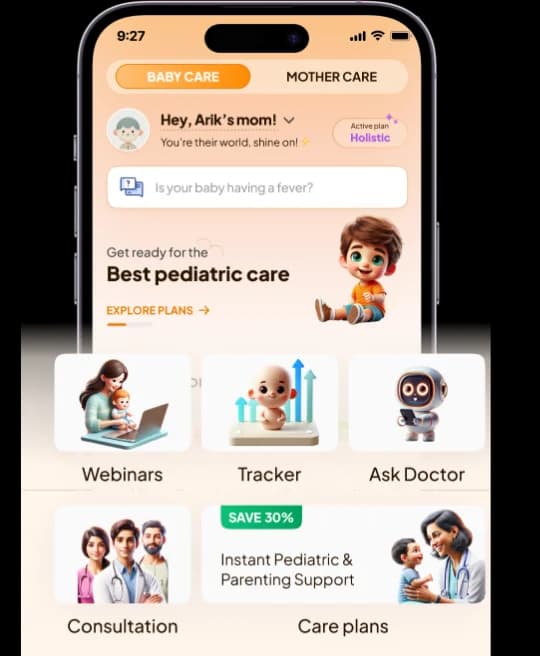
Different Types of Inhalers for Asthma: A Complete Guide
Asthma is a chronic respiratory disease that affects millions of people worldwide. Inhalers are the most commonly used treatment for asthma as they deliver the medication directly to the lungs. In this blog, we will discuss the different types of inhalers available and how they work.
Types of Inhalers:
There are three main types of inhalers used to treat asthma:
a. MDI (Metered Dose Inhalation Apparatus):
- A small canister containing medication is inserted into a plastic inhaler device.
- A puff of medication is released when the inhaler is activated.
- Requires coordination between inhalation and activation.
- Examples: Proventil HFA, Ventolin HFA.
b. DPI (Dry-Powder Inhalation Device):
- The medication is stored in a dry powder form.
- The inhaler device contains a capsule or blister pack of medication.
- The medication is released when the inhaler is activated by inhalation.
- Does not require coordination between inhalation and activation.
- Examples: Advair Diskus, Symbicort.
c. Nebulizer:
- A machine that converts liquid medication into a mist.
- The medication is inhaled through a mask or mouthpiece.
- Useful for people who have difficulty using other types of inhalers.
- Examples: Pari Trek S, Omron NE-C801.
How Inhalers Work: Inhalers work by delivering medication directly to the lungs. The medication can reduce inflammation, relax the muscles around the airways, and open up the airways, making it easier to breathe.
